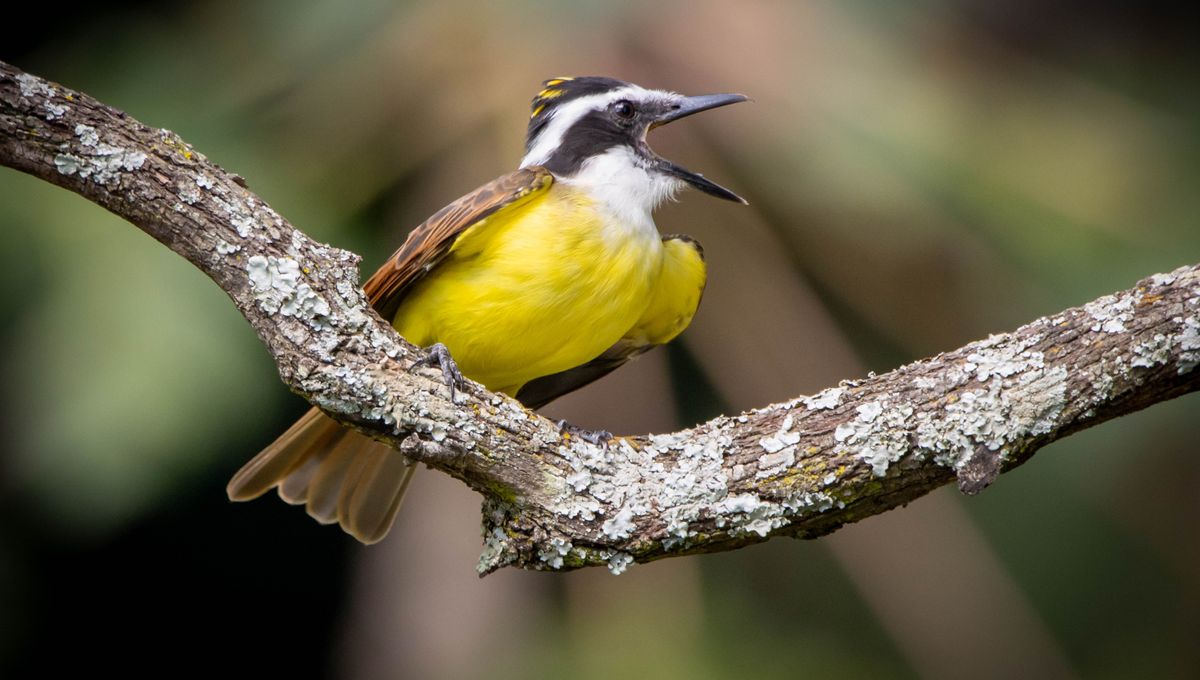
Have you ever had a conversation in your dreams? Maybe it’s just everyday chatter, maybe it’s an argument with someone, but it’d be pretty cool if we were somehow able to record it. As it happens, birds also seem to get vocal in their dreams, and a new study has been able to translate what that might sound like.
Scientists have known for a while that birds seem to dream about singing – the pattern of neurons that fire while they’re awake and singing can also be seen during sleep, as though they are practicing. Translating that pattern into what the song was, however, proved to be difficult.
Then, in 2018, professor of physics Gabriel Mindlin and colleagues discovered that birds also flex their vocal muscles in their sleep, in the same way they would were they belting out a tune during the day.
We can’t hear that song though, “since the respiratory rhythm is not altered during sleep, the high-energy airflow needed to start auto-sustained oscillations in the labia [not that one, it’s part of a bird’s vocal organ] and generate sound is not produced,” the authors explain in the new study.
When the researchers identified the vocal muscle movement, they did so using a technique called electromyography. The team has now used data from this approach, with the aid of a dynamical systems model, to translate the songs in the dreams of great kiskadees.
“During the past 20 years, I’ve worked on the physics of birdsong and how to translate muscular information into song,” said Mindlin in a statement. “In this way, we can use the muscle activity patterns as time-dependent parameters of a model of birdsong production and synthesize the corresponding song.”
When getting into a squabble over territory, great kiskadees perform a distinct vocalization known as a “trill”, consisting of a sequence of short syllables (yep, birds have syllables too) sent out at around 10 to 20 Hz. The synthetic songs produced revealed that the kiskadees in the study appear to have been dreaming about confrontation.
“Analyzing muscular activity patterns during sleep reveals consistent activity patterns corresponding to these vocalizations: sequences of brief activation patterns occurring at a rate between 15 and 20 Hz,” the authors write.
Some might find it reassuring to know we’re not the only species that can get a bit het up in dreams, something that Mindlin seemed to resonate with. “I felt great empathy imagining that solitary bird recreating a territorial dispute in its dream,” said the researcher. “We have more in common with other species than we usually recognize.”
The study is published in the journal Chaos.
Source Link: Birds May Dream, But What Do Those Dreams Sound Like?